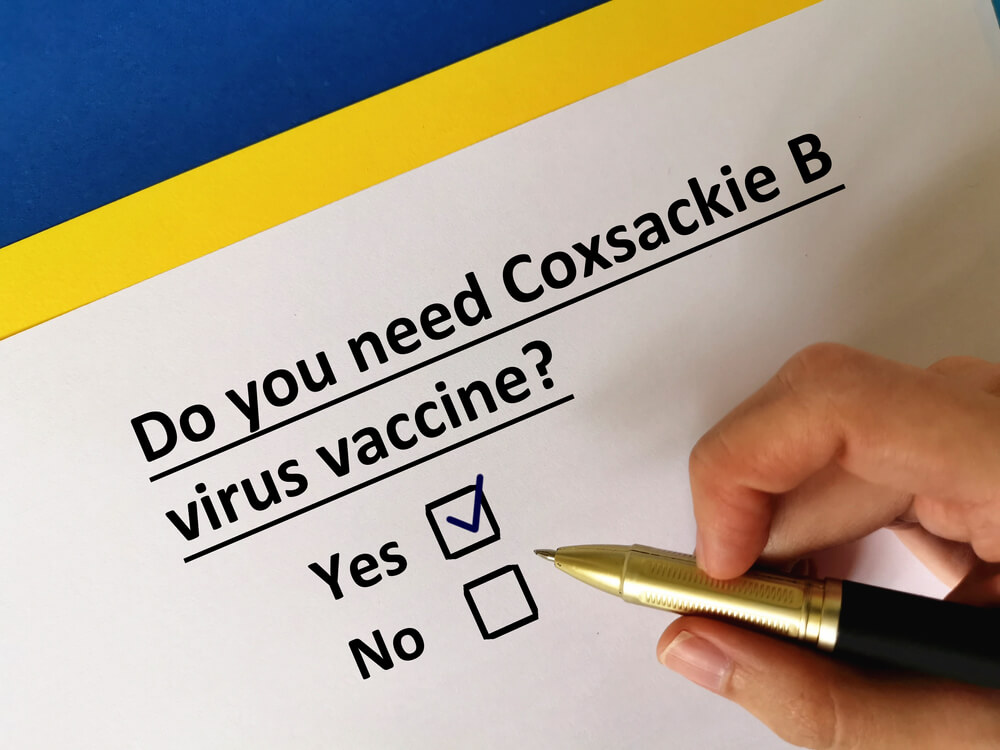Coxsackie virus is a virus that may result in the acquisition of the hand, foot, and mouth disease. Not only that, but this may even cause diseases in the muscular, cardiovascular, and respiratory systems.
Furthermore, coxsackievirus spreads from person to person. The virus exists in the body fluids and secretions of an infected individual. Hence, the virus may be transmitted through:
- Saliva
- Throat discharge
- Nasal secretions
- Sneezing or coughing
- Stool


